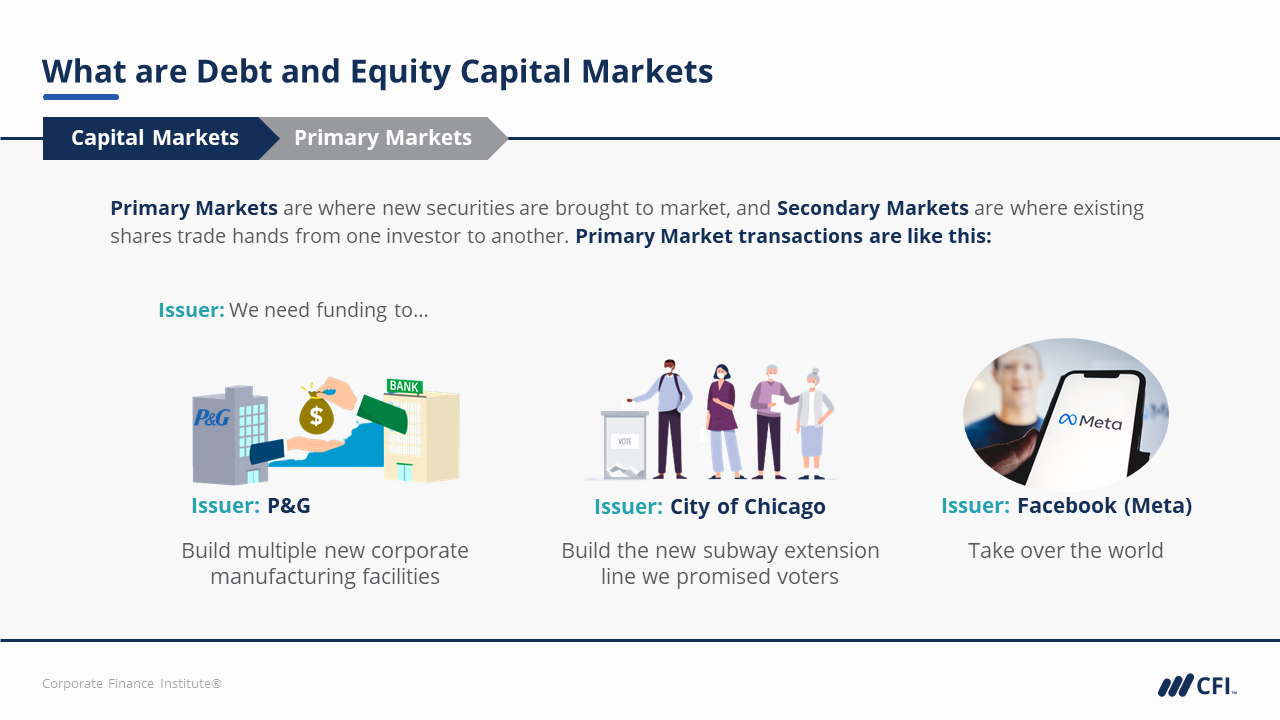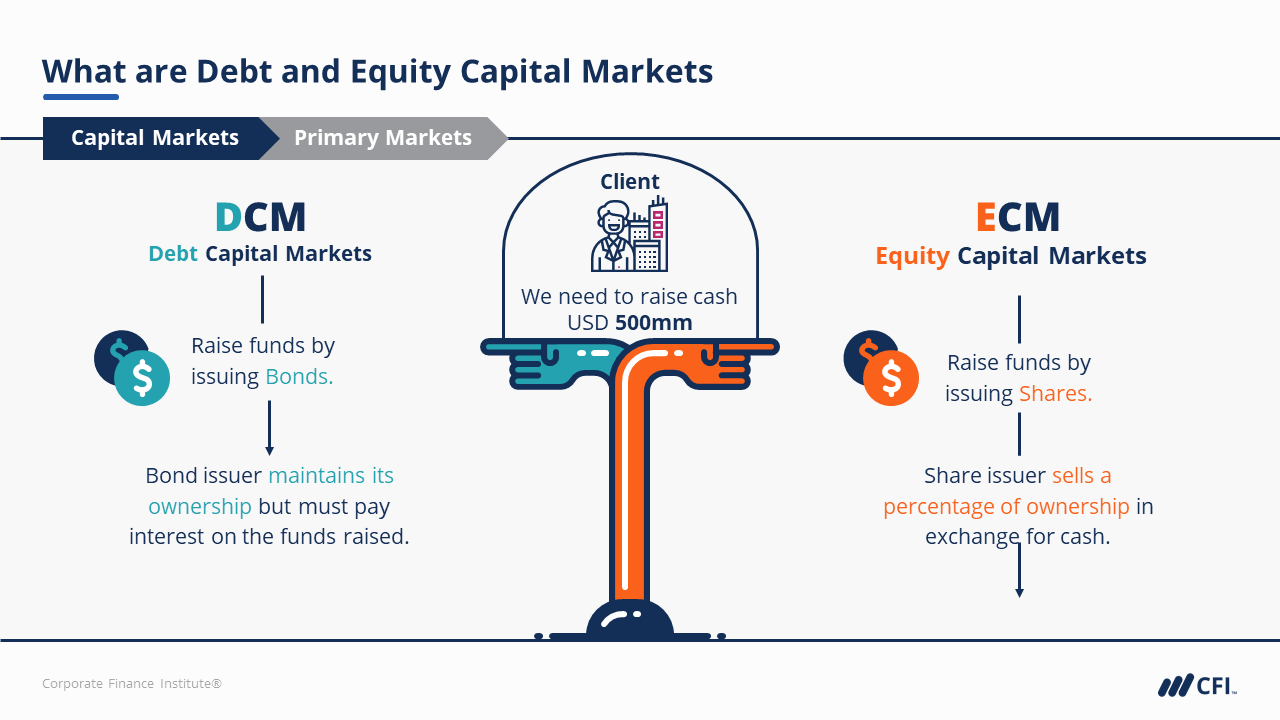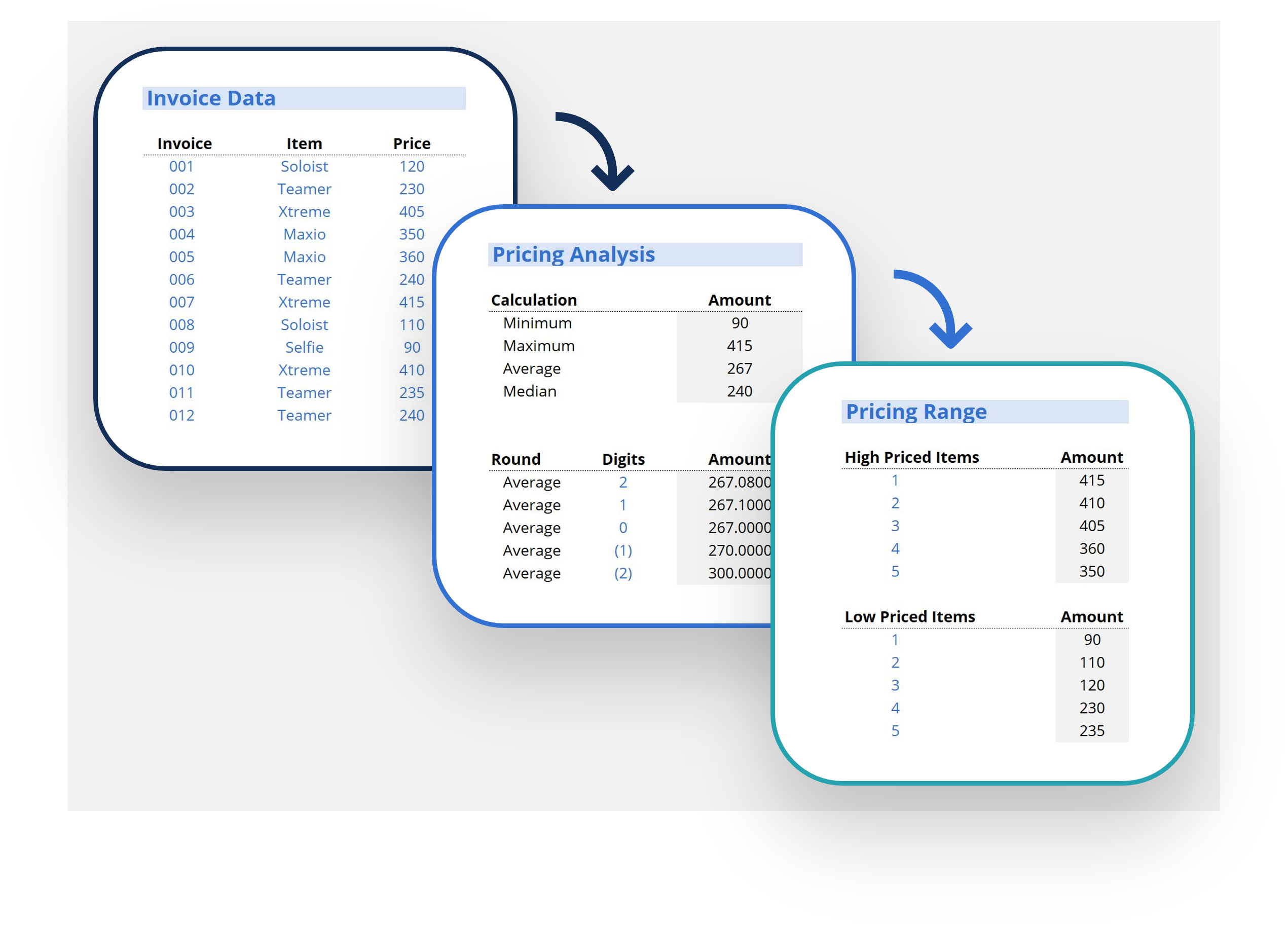Overview
Origination Fundamentals – Debt Capital Markets Perspective Course Overview
This course is a firsthand account of what an analyst does in capital markets. In this course, we use an explain, explore, and do approach.
First, we will establish our bearings by explaining what the DCM and ECM teams do and how they fit into the broader operations of an investment bank. Afterward, we explore the subunits in DCM, and how they work together to achieve the core purpose of a capital markets team: to introduce new securities into the market. During the course of understanding the processes involved in bringing securities to market, we will learn the key skills you need to be successful at each stage of a career in this group. Then we switch gears into the ‘do’ portion of our course. In the final chapter of this course, you will immerse yourself in the role and do what a capital markets analyst does on a typical day: build a DCM update for a broader pitchbook.

Origination Fundamentals – Debt Capital Markets Perspective Objectives
By the end of the course, you will be able to:- Describe the roles of DCM and ECM in financial markets
- Locate DCM and ECM in an organizational chart and explain how to team collaborate
- Explain what an analyst does in a typical day
- Describe the career path, skills, and exit of a DCM or ECM analyst

Who Should Take This CMSA® Course?
Prerequisite Courses
Recommended courses to complete before taking this course.
Origination Fundamentals - Debt Capital Markets Perspective

Level 2
2h 11min
100% online and self-paced
Field of Study: Finance
Start LearningWhat you'll learn
What Are Capital Market Teams?
A Typical Day in Capital Markets
Building a Pitchbook: DCM Update
Conclusion
Qualified Assessment
This Course is Part of the Following Programs
Why stop here? Expand your skills and show your expertise with the professional certifications, specializations, and CPE credits you’re already on your way to earning.
Commercial Banking & Credit Analyst (CBCA®) Certification
- Skills Learned Financial Analysis, Credit Structuring, Risk Management
- Career Prep Commercial Banking, Credit Analyst, Private Lending
Capital Markets & Securities Analyst (CMSA®) Certification
- Skills Learned Trading strategies used in the finance and capital markets
- Career Prep Work in capital markets, whether on the buy-side or the sell-side
Investment Banking & Private Equity Modeling Specialization
- Skills You’ll Gain Accounting, Advanced Financial Modeling, Excel, Financial Statement Analysis, Forecasting, Valuation, and more.
- Great For Investment Banking, Private Equity, Equity Research, and more






